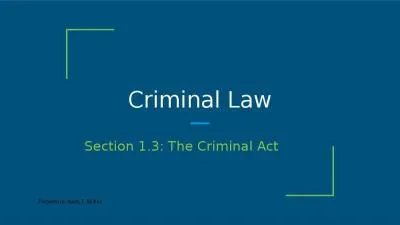PPT-Understanding the Texas Criminal Legal System
Author : lindy-dunigan | Published Date : 2018-01-16
Definitions Your individually responsible for looking up definitions of words that I have put in red You will need to keep a list of them and their definition
Presentation Embed Code
Download Presentation
Download Presentation The PPT/PDF document "Understanding the Texas Criminal Legal S..." is the property of its rightful owner. Permission is granted to download and print the materials on this website for personal, non-commercial use only, and to display it on your personal computer provided you do not modify the materials and that you retain all copyright notices contained in the materials. By downloading content from our website, you accept the terms of this agreement.
Understanding the Texas Criminal Legal System: Transcript
Download Rules Of Document
"Understanding the Texas Criminal Legal System"The content belongs to its owner. You may download and print it for personal use, without modification, and keep all copyright notices. By downloading, you agree to these terms.
Related Documents

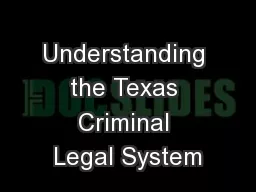
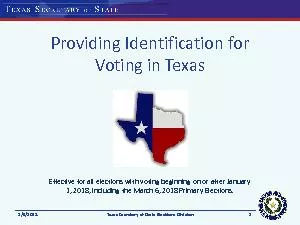
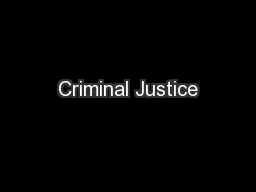
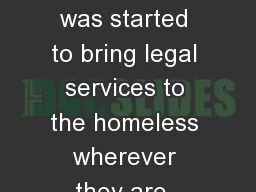
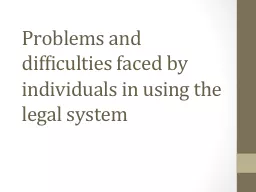
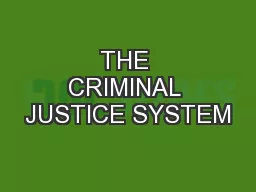
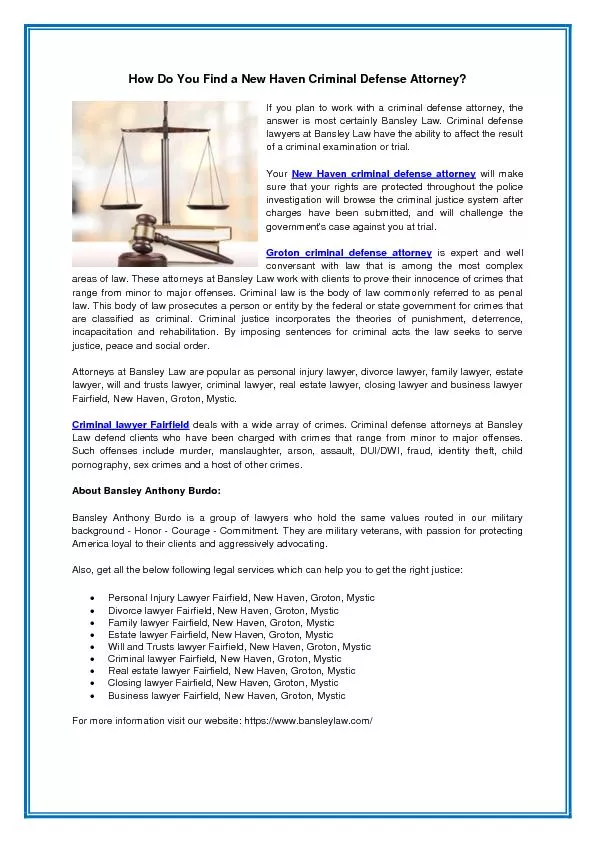
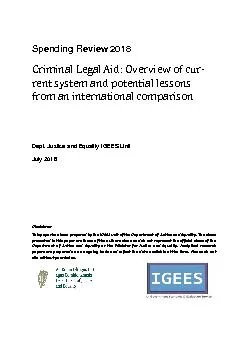
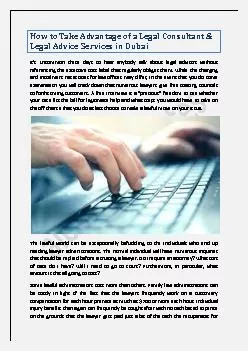
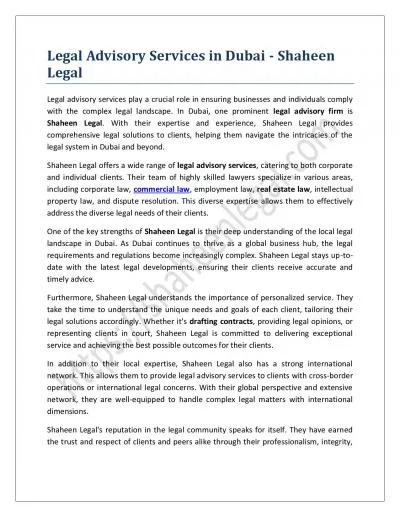
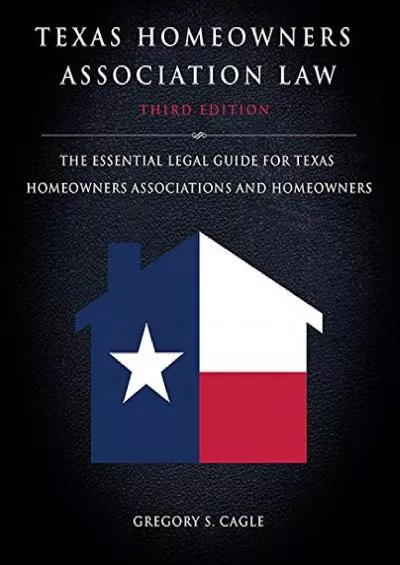
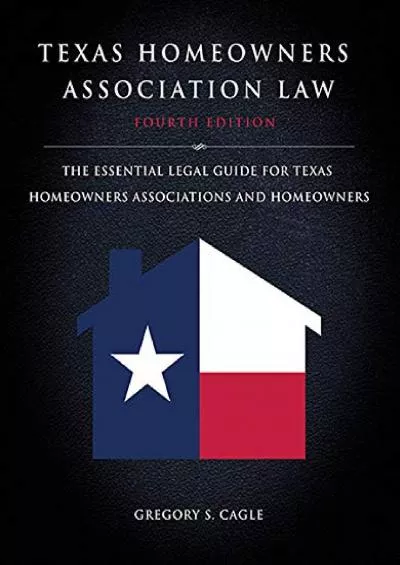
![[PDF] DOWNLOAD Texas Legal Research (Legal Research Series)](https://thumbs.docslides.com/1019650/pdf-download-texas-legal-research-legal-research-series.jpg)
